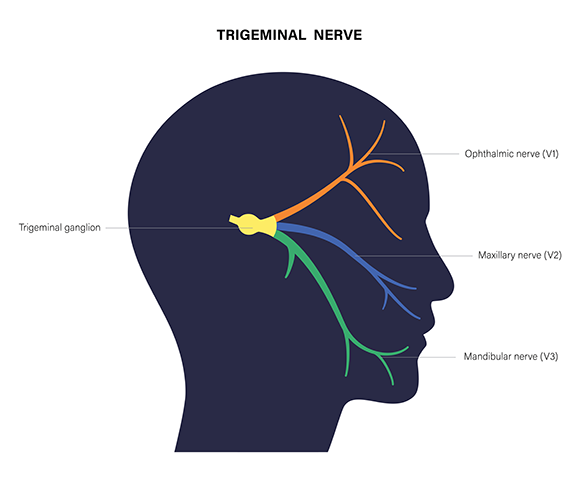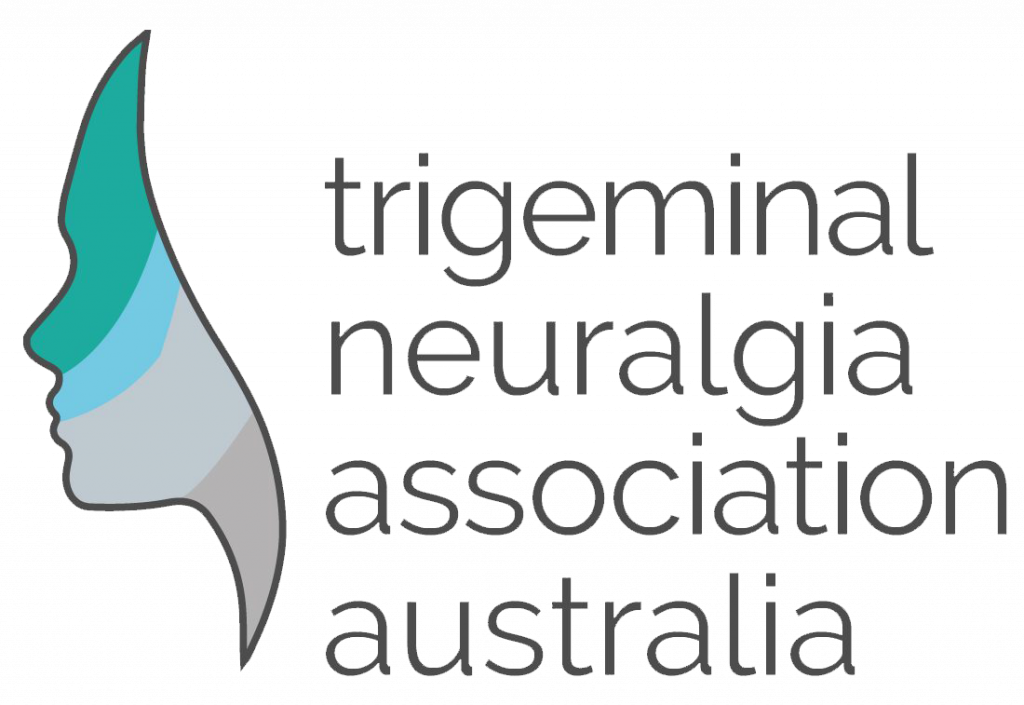 What is Trigeminal Neuralgia?
What is Trigeminal Neuralgia?
Trigeminal neuralgia (TN or tic douloureux) is a disorder of the fifth cranial (trigeminal) nerve that causes episodes of intense, stabbing, electric shock-like pain in the areas of the face where the branches of the nerve are distributed – lips, eyes, nose, scalp, forehead, upper jaw, and lower jaw.
The attacks of pain, generally last several seconds but may be repeated one after the other, throughout the day. The attacks may come and go and last for days, weeks, or months at a time, and then disappear for days, months or years.
TN is present in 100 to 200 people per 100,000 and new TN cases occur in 5 people per 100,000 each year.
- Pain is described as lancinating – (sharp)
- Pain comes and goes (intermittent)
- Pain must be in the distribution of the trigeminal nerve.
- There is remission.
- A diagnostic tool is the response to Tegretol ( Carbamazepine); or other antiepileptic medications.
- The pain is triggered.
Pain triggers may include:
- touch – rubbing the face, brushing your teeth, blowing your nose or shaving
- facial movement – chewing, talking, smiling
- temperature – drinking hot or cold liquids, cold breezes, washing with cold water
- Surgical procedures would not help TNP, TDP, STN, PHN, and AFP.
Other Cranial Neuralgias
- Glossopharyngeal Neuralgia.
- Nervus Intermedius (or Geniculate Neuralgia).
- Vegal and Superior Laryngeal Neuralgia.
- Occipital Neuralgia
Related Facial Disorders
- Postherpetic Neuralgia
- Hemifacial Spasm (HFS)
- Acoustic Neuroma
- Parry-Romberg Syndrome
- Multiple Sclerosis
- Pre-Trigeminal Neuralgia.
- Tic convulsif
- Odontalgia
- TMD
- Maxillary sinusitis
- Migraine
- SUNCT
- Giant cell arteritis
The trigeminal nerve consists of 3 nerve branches:
- Ophthalmic – eye, forehead and nose.
- Maxillary upper teeth, gums and lip, the cheek, lower eyelid and the side of the nose.
- Mandibular – lower teeth, gums and lip.
- The nerve transmits pressure, touch, pain and temperature signals to the brain and controls jaw movement.
- TN pain can involve one or more branches of the trigeminal nerve.
The three divisions of the trigeminal nerve come together in an area called the Gasserion Ganglion. From there, the trigeminal nerve root continues back towards the side of the brain stem, and inserts into the pons. Within the brain stem the signals travelling through the trigeminal nerve reach specialised clusters of neurons called the trigeminal nerve nucleus. Information brought to the brain stem by the trigeminal nerve is then processed before being sent to the cerebral cortex, where a conscious perception of facial sensation is generated.

